The AirPods Pro 3 was supposed to be Apple’s biggest audio leap in years — and for good reason. The AirPods Pro 2 set a near-perfect benchmark: rich, balanced sound, superb comfort, class-leading noise cancellation, excellent battery life, and flawless integration across the Apple ecosystem. It was the rare piece of tech that nailed everything — no drama, no gimmicks, just performance. Which makes the Pro 3’s arrival all the more complicated.
The AirPods Pro 2 were easy to like — warm, detailed, and balanced. They delivered music that felt faithful to the recording, with a slightly relaxed presentation that made them easy to live with. Even the noise cancellation impressed, competing closely with many full-size over-ear ANC headphones.
So when Apple teased the next generation as “more of the same, but better,” expectations naturally climbed. On paper, the AirPods Pro 3 deliver — smarter software, tougher build, and features few competitors can match.
But as a record producer and audio engineer, it’s clear Apple missed the mark on the one thing that matters most: the sound.
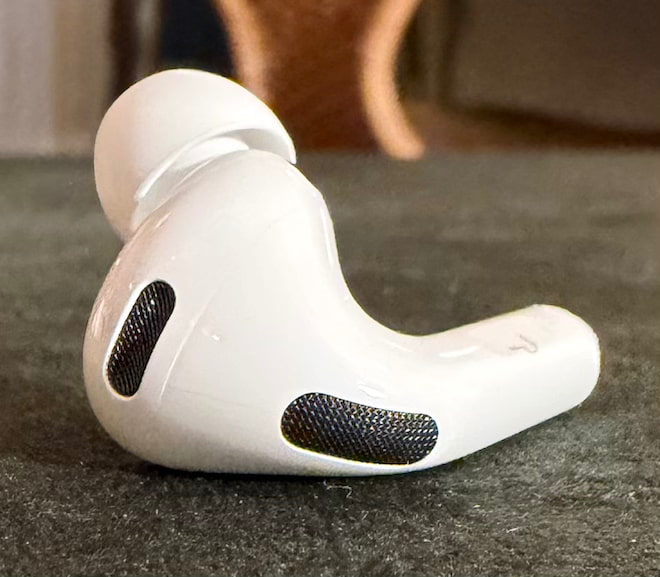
AirPods Pro 3 Upgrades: What’s New and What Actually Matters
Apple packed the AirPods Pro 3 with upgrades that look great on paper: longer battery life, stronger noise cancellation, a built-in heart-rate sensor, live translation, better dust and water resistance, upgraded hearing-aid functions, and improved Find My tracking. It’s an impressive list for something this compact.
In typical Apple fashion, the setup is effortless, the software integration feels seamless, and switching between devices is smoother than ever. The ANC on the Pro 3 is clearly better than on the Pro 2, but not by as much as Apple’s “twice as good” claim suggests. In sound terms, when you double an identical signal, you only gain about 3 dB of perceived volume — that’s likely what Apple means. It’s an improvement, but a modest one.
One small but practical change: the case. It’s slightly larger than the AirPods Pro 2 version, taking up more space in a pocket or hand. Not a dealbreaker, but you’ll feel the difference.
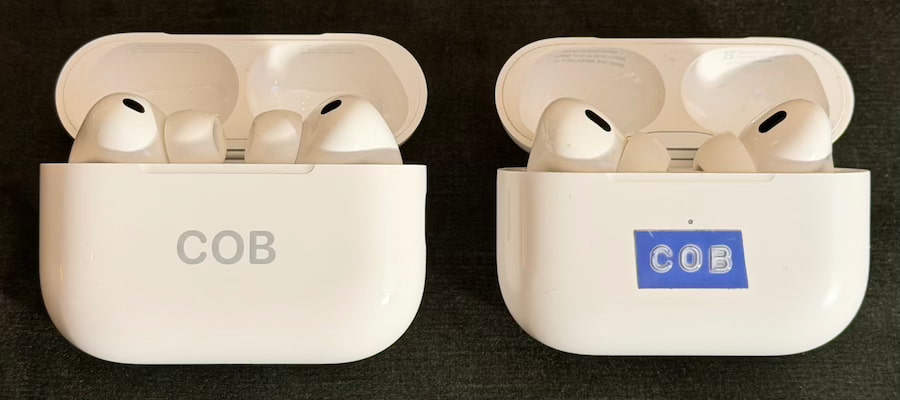
The Fit
If the AirPods Pro 2 never quite fit your ears, there’s some good news this time. The AirPods Pro 3 feel different right away — the new tips mix foam with silicone, creating a snugger, more secure seal. For many, that’ll finally fix the “they never stay in my ears” issue.
But if the AirPods Pro 2 already fit you comfortably, the Pro 3 might actually feel worse. The hybrid tips create more pressure — a fullness that’s hard to ignore. I can wear the Pro 2 for long stretches and forget they’re there; with the Pro 3, that’s no longer the case. Comfort, once a given, now depends entirely on your ear shape.
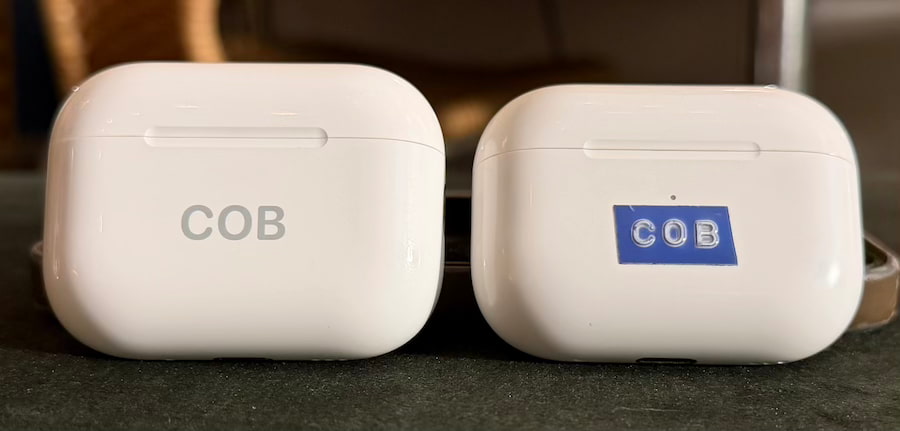
Listening
This is where things start to fall apart. Apple’s signature sound has always leaned mellow and pleasant — relaxed, warm, and easy on the ears, sometimes to a fault. The AirPods Pro 3 breaks from that completely.
The tuning here is aggressively “V-shaped” — boosted bass and treble with uneven mids. At first, it sounds exciting: louder, brighter, more energetic. But after a few minutes, the fatigue creeps in. Vocals turn thin and edgy, cymbals pierce instead of shimmer, and even podcasts develop a harsh sibilance that makes “s” sounds hiss and mouth noises and vocal fry untenable.
It feels like Apple was chasing a quick “wow” factor instead of balance – and the result is technically detailed, but sonically exhausting.
Measurements published by Crinacle (Hangout.Audio) back up these impressions. The sub-bass is elevated several decibels above neutral, there’s a valley around 2 kHz and a rollercoaster of spikes and dips above 5 kHz which is a real recipe for harshness – for vocal and instrumental glare.
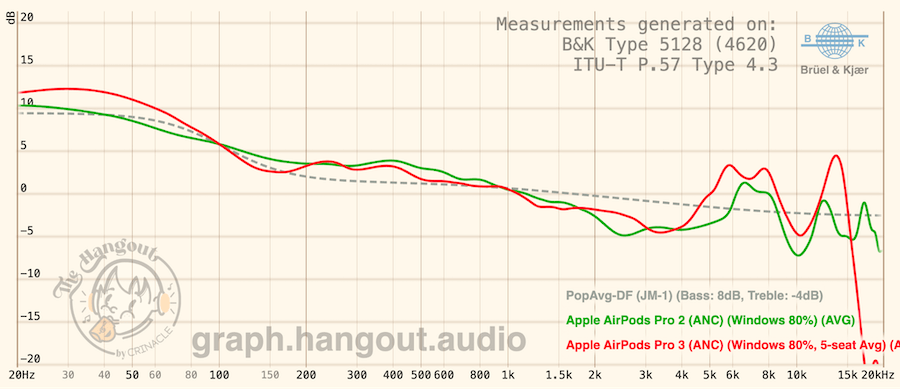
Not all the changes are bad. The AirPods Pro 3 sound more detailed and incisive, with a noticeably larger and more defined soundstage than their predecessors. The presentation feels taller and wider, making it easier to pick out individual instruments and elements within a mix.
Music Examples
You can find these songs and many more on my Reference Spotify Playlist here:
Listening to “Same Effect” by BENEE, the excessive treble presence stands out immediately. What sounds cohesive and smooth on the AirPods Pro 2 turns slightly grating on the Pro 3. The hi-hat and snare, rich in upper frequencies above 4 kHz, become fatiguing, while the vocals lose warmth and take on a sharper edge.
“Garden Song” by Phoebe Bridgers is a great test for brighter headphones because of its dark, intimate mix. On the AirPods Pro 3, mouth noises and vocal consonants come across more prominently than they should. Rather than lifting the mix, the Pro 3 emphasizes small upper-treble details that don’t add much to the song’s atmosphere. Compared to the AirPods Pro 2, the elements in the mix are more spatially defined, but that clarity comes at the expense of warmth and coherency.
Listening to “Reckoner” by Radiohead, the boosted top end is immediately noticeable. The tambourine on the left in the intro sounds overly sharp and forward, staying that way until it finally drops out at the start of the B section.

The Bottom Line
Brilliant features, baffling sound.
If you’ve struggled with the fit of previous models, the AirPods Pro 3 might finally be the pair that works for you. You’ll get all of Apple’s ecosystem polish, stronger ANC, and useful health-tracking tools. But this review is about the sound — and that’s where things fall short. From a producer and engineer’s perspective, the AirPods Pro 3 loses the musicality that made the AirPods Pro 2 so easy to enjoy. The new model adds functionality, not joy. For music, movies, and everyday listening, the AirPods Pro 2 still sounds better, feels better, and reminds us why Apple got it right the first time.
Buy AirPods Pro 3:
Buy AirPods Pro 2:
Related Reading:
- Are the New Apple AirPods Pro 2 Really Better?
- Technics EAH-AZ100 True Wireless Earbuds Review: As Good as it Gets
- Best True Wireless Earbuds: Editors’ Choice

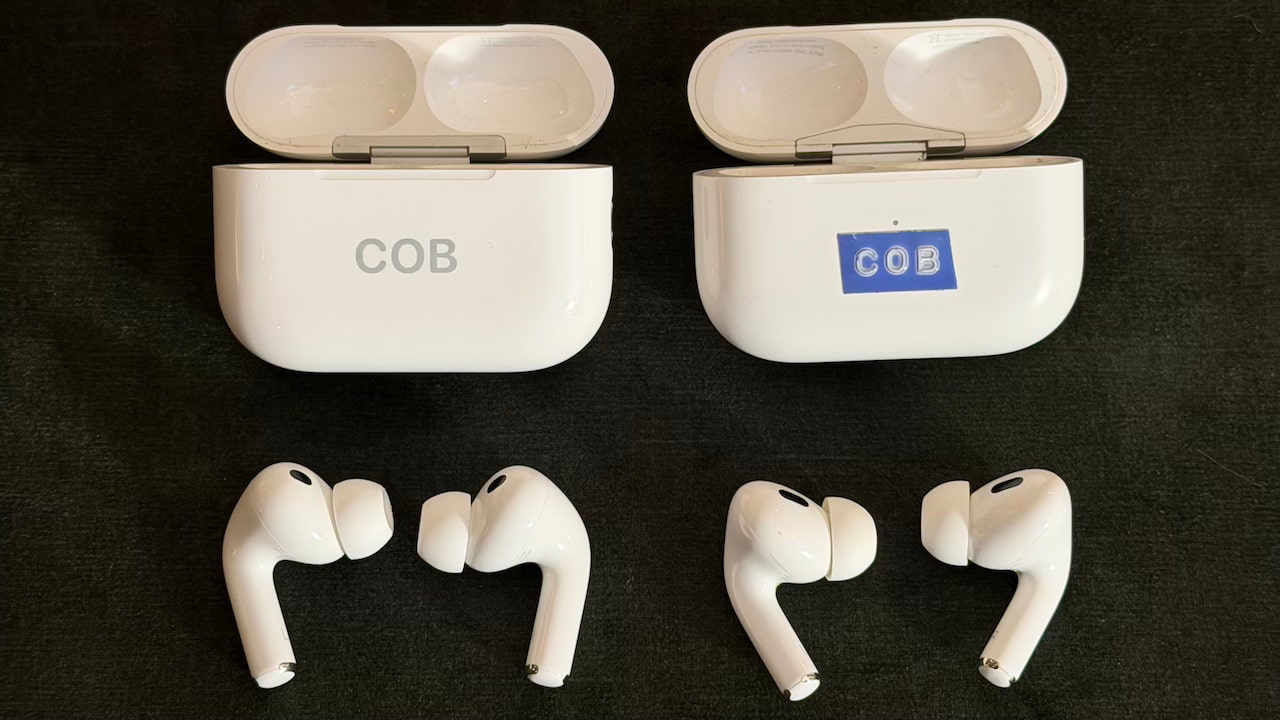

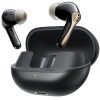



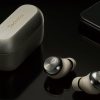
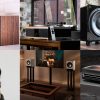




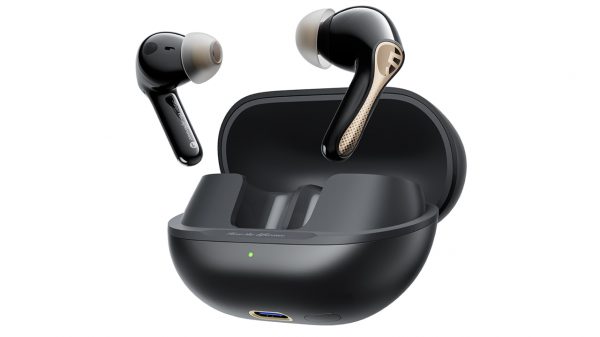
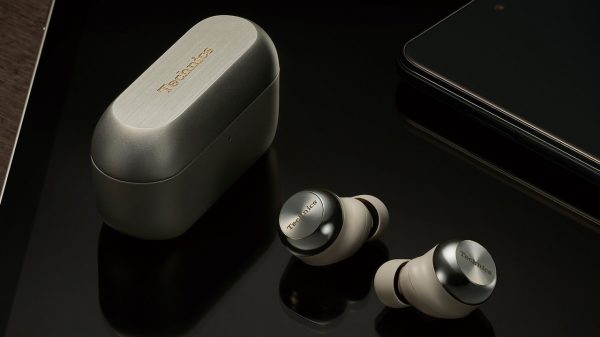
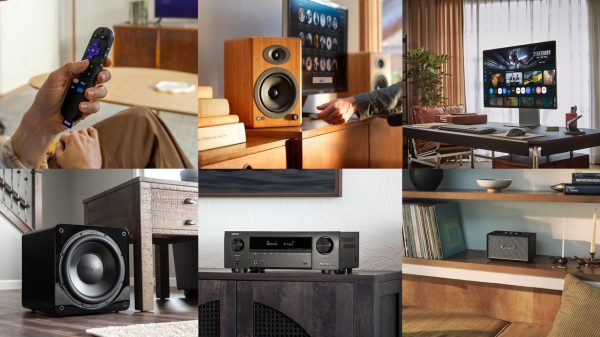
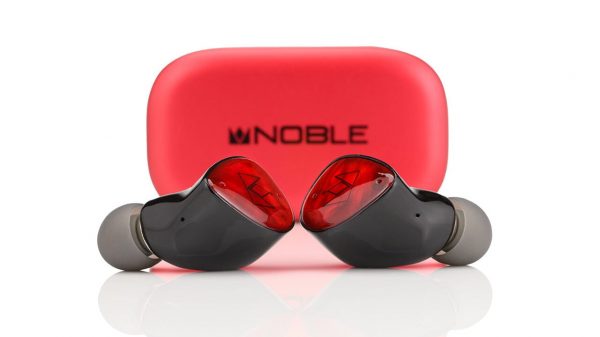

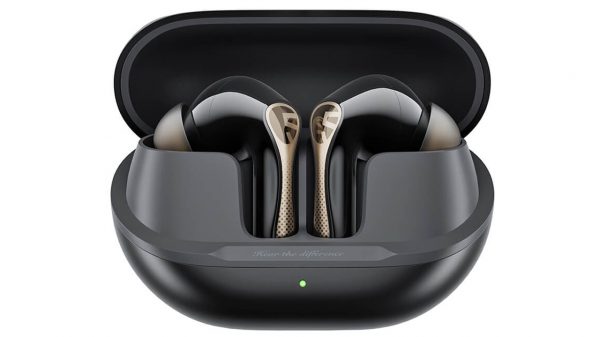

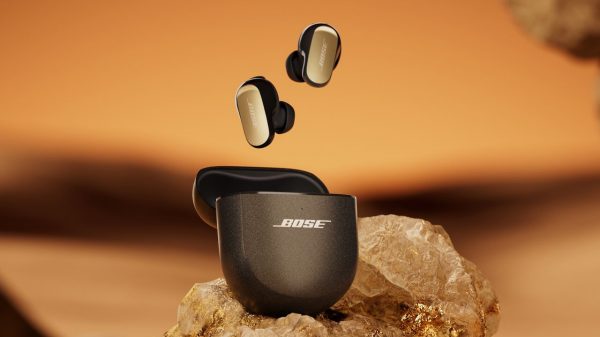
















Leewrari
November 10, 2025 at 12:39 pm
Hi, kam dashur të di çmimin tuaj
Ian White
November 10, 2025 at 3:25 pm
Për kufjet? Çmimi është i përmendur në rishikim.